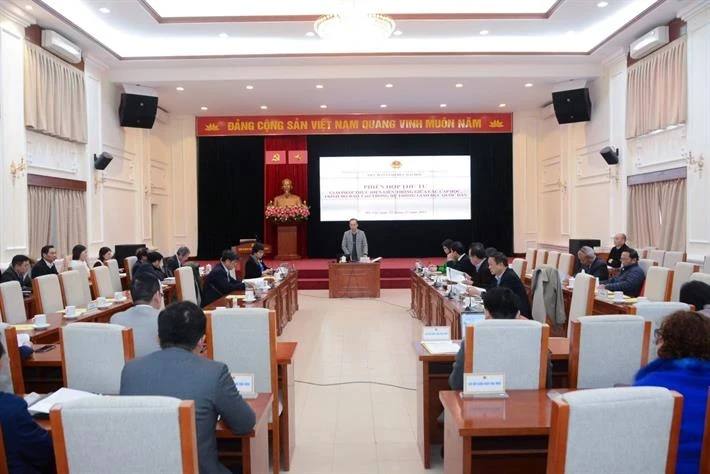The most common formal training programs from college to university are organized by many schools, but the number of training programs in the form of work-study from college to university is greater.

The total number of higher education institutions in Vietnam is currently 243 schools (excluding schools in the defense and security sector), of which the number of higher education institutions with joint training is 134 schools, accounting for 49% of the number of training institutions.
This is the data given by the Higher Education Subcommittee of the National Council for Education and Human Resources Development at the 4th meeting of this subcommittee on the afternoon of December 22 on solutions to implement connectivity between levels of education and training in the national education system.
The representative of the Subcommittee on Higher Education said that this shows that the need for interdisciplinary teaching and learning is relatively large.
According to the report on the results of joint training between intermediate and college levels with university levels in the period of 2017-2023 of the Higher Education Subcommittee, surveys and statistics show that Preschool Education and Primary Education are the majors with the greatest demand for joint training because these two majors are still trained at intermediate and college levels.
In addition, the fields of Law, Economic Law, English Language, Accounting, Pharmacy, Nursing, Medicine, Economic Law, Electrical and Electronic Engineering Technology are also fields of study at intermediate and college levels. Therefore, to meet the requirements of work as well as improve qualifications, the number of students who want to study at university is very large.
There are two forms of bridging training: regular and part-time, each with different targets: from intermediate to university, from college to university, and from university to university (second degree). Among the 134 schools offering bridging training, schools can offer both regular and part-time training, or only offer one form of regular training or part-time training, and can offer one or more different levels depending on the needs of learners and the training capacity of the school.

Although the most schools organize formal training from college to university, the number of training programs in the form of work-study from college to university is larger with 411 programs. The reason is that the majority of students are working people who study to university to meet the needs of their work. Therefore, the form of work-study is suitable, helping students to maintain their current job and improve their knowledge and qualifications.
According to the Higher Education Subcommittee, for regular bridging training, 39% of training institutions use the form of reviewing records; 23.4% use the form of entrance exams and 29.9% combine entrance exams and reviewing records for admission. Regarding the method of organizing training, 53.2% of training institutions organize separate bridging training classes; 28.6% combine organizing separate regular bridging classes and classes with regular students; 18.2% organize regular bridging students to study in the same class with regular students.
Discussing solutions for developing joint training, experts said that joint training still faces some difficulties such as the regulation on the number of training quotas not exceeding 20% of the regular quota, which makes it impossible for many schools to reduce the regular quota and receive additional joint quotas. In addition, joint training from vocational education to higher education lacks output standards at each level in a sector, profession and conditions to ensure the quality of output standards...
According to Deputy Minister of Education and Training Hoang Minh Son, although aiming to open up opportunities and create learning conditions for learners, that does not mean it is easy and must be done in accordance with the law. Interdisciplinary training must still respond to and adapt to changes in the labor market, ensuring quality during the training process. The Deputy Minister of Education and Training also said that there should be regulations on input conditions, output conditions, volume, and program duration.
The Ministry of Education and Training is currently developing a draft Decree regulating the articulation between educational levels and training qualifications in the national education system. Deputy Minister Hoang Minh Son requested the Ministry of Labor, War Invalids and Social Affairs to participate and coordinate more strongly in the process of developing the draft Decree. The Deputy Minister also requested that during the process of developing the draft Decree, there should be full statistics, comparisons and assessments of practice.
According to Vietnam+